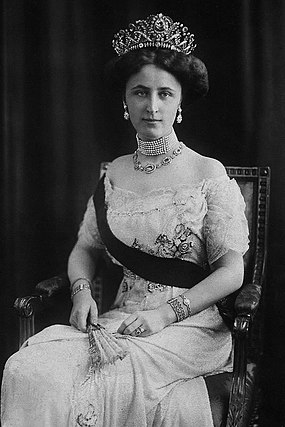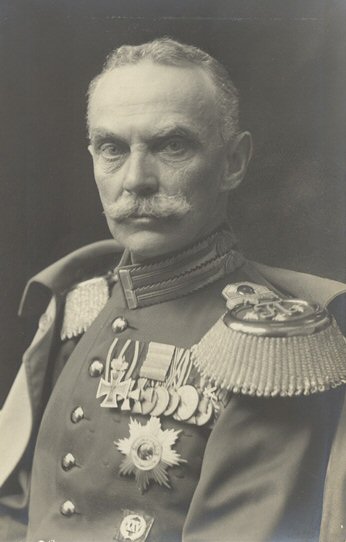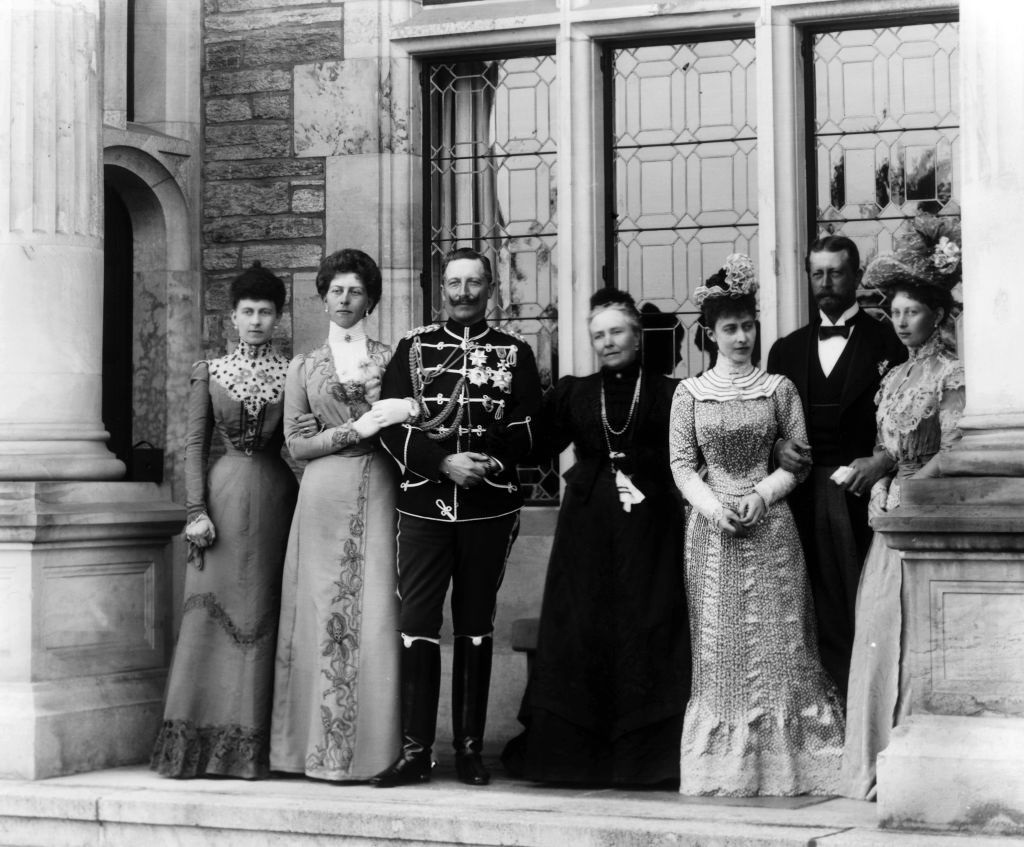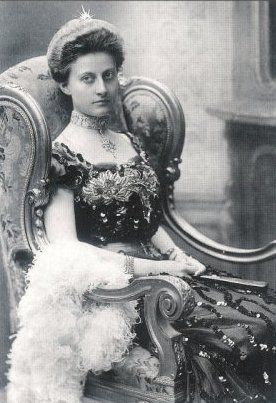by Scott Mehl © Unofficial Royalty 2018

Maria Hedwig of Hesse-Darmstadt, Duchess of Saxe-Meiningen; Credit – Wikipedia
Maria Hedwig of Hesse-Darmstadt was the first wife of Bernhard I, Duke of Saxe-Meiningen, and therefore the first Duchess of Saxe-Meiningen. She was born in Giessen on November 26, 1647, the youngest child of Georg II, Landgrave of Hesse-Darmstadt and Princess Sophie Eleonore of Saxony. Marie Hedwig had 13 siblings:
- Ludwig VI, Landgrave of Hesse-Darmstadt (1630-1678) – married (1) Marie Elisabeth of Holstein-Gottorp, had issue; (2) Elisabeth Dorothea of Saxe-Gotha-Altenburg, had issue
- Magdalena Sybilla (1631-1651) – unmarried
- Georg III, Landgrave of Hesse-Itter (1632-1676) – married (1) Dorothea Auguste of Schleswig-Holstein-Sonderburg-Franzhagen; (2) Juliane Alexandrine of Leiningen-Heidenheim, had issue
- Sophie Eleonore (1634-1663) – married Wilhelm Christoph, Landgrave of Hesse-Homburg, had issue
- Elisabeth Amalie (1635-1709) – married Philip Wilhelm, Elector Palatine, had issue
- Luise Christine (1636-1697) – married Christoph Ludwig I, Count of Stolberg
- Anna Maria (born and died 1637) – died in infancy
- Anna Sophie II, Princess-Abbess of Quedlinburg (1638-1683) – unmarried
- Amalie Juliane (born and died 1639) – died in infancy
- Henriette Dorothea (1641-1672) – married Johann II, Count of Waldeck-Pyrmont
- Johann (1642-1643) – died in infancy
- Auguste Philippine (1643-1672) – unmarried
- Agnes (born and died 1645) – died in infancy

Bernhard of Saxe-Meiningen; Credit – Wikipedia
Marie Hedwig married Bernhard I, Duke of Saxe-Meiningen at Schloss Friedenstein in Gotha, Duchy of Saxe-Gotha, now in the German state of Thuringia, on November 20, 1671. The couple had seven children:
- Ernst Ludwig I, Duke of Saxe-Meiningen (1672-1724) – married (1) Dorothea Maria of Saxe-Gotha-Altenburg, had issue; (2) Elisabeth Sophie of Brandenburg, no issue
- Bernhard (1673-1694) – unmarried
- Johann Ernst (1674-1675) – died in infancy
- Marie Elisabeth (born and died 1676) – died in infancy
- Johann Georg (1677-1678) – died in infancy
- Friedrich Wilhelm, Duke of Saxe-Meiningen (1679-1746) – unmarried
- Georg Ernst (1680-1699) – unmarried, died from smallpox
Coat of Arms of the Principality of Henneberg. photo: By Kooij – Own work, CC BY-SA 3.0, https://commons.wikimedia.org/w/index.php?curid=3665880
Several years after their marriage, the couple took up residence in Ichtershausen, at a castle Bernhard had built and named Marienburg in honor of his wife. When Bernhard and his brothers formally divided their territories, he became Duke of Saxe-Meiningen and made plans to move the family to the city of Meiningen. The new duchy also included the former principality of Henneberg, which caused stress to Marie Hedwig. The principalities coat of arms featured a black hen, which was seen at the time as a symbol of magic and witchcraft. Marie Hedwig said she would not move to the “land of the black hen”.
On April 19, 168, nine weeks before the planned move, Marie Hedwig died in Ichtershausen, Duchy of Anhalt, now in Saxony-Anhalt, Germany. She had given birth to her youngest child just a few weeks earlier. Marie Hedwig was first buried in the crypt of the city church in Meiningen, Duchy of Anhalt, now in Saxony-Anhalt, Germany, before being moved to the castle church at Elisabethenburg Palace in Meiningen.
This article is the intellectual property of Unofficial Royalty and is NOT TO BE COPIED, EDITED, OR POSTED IN ANY FORM ON ANOTHER WEBSITE under any circumstances. It is permissible to use a link that directs to Unofficial Royalty.
Saxe-Meiningen Resources at Unofficial Royalty
















